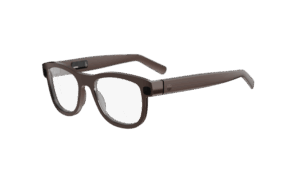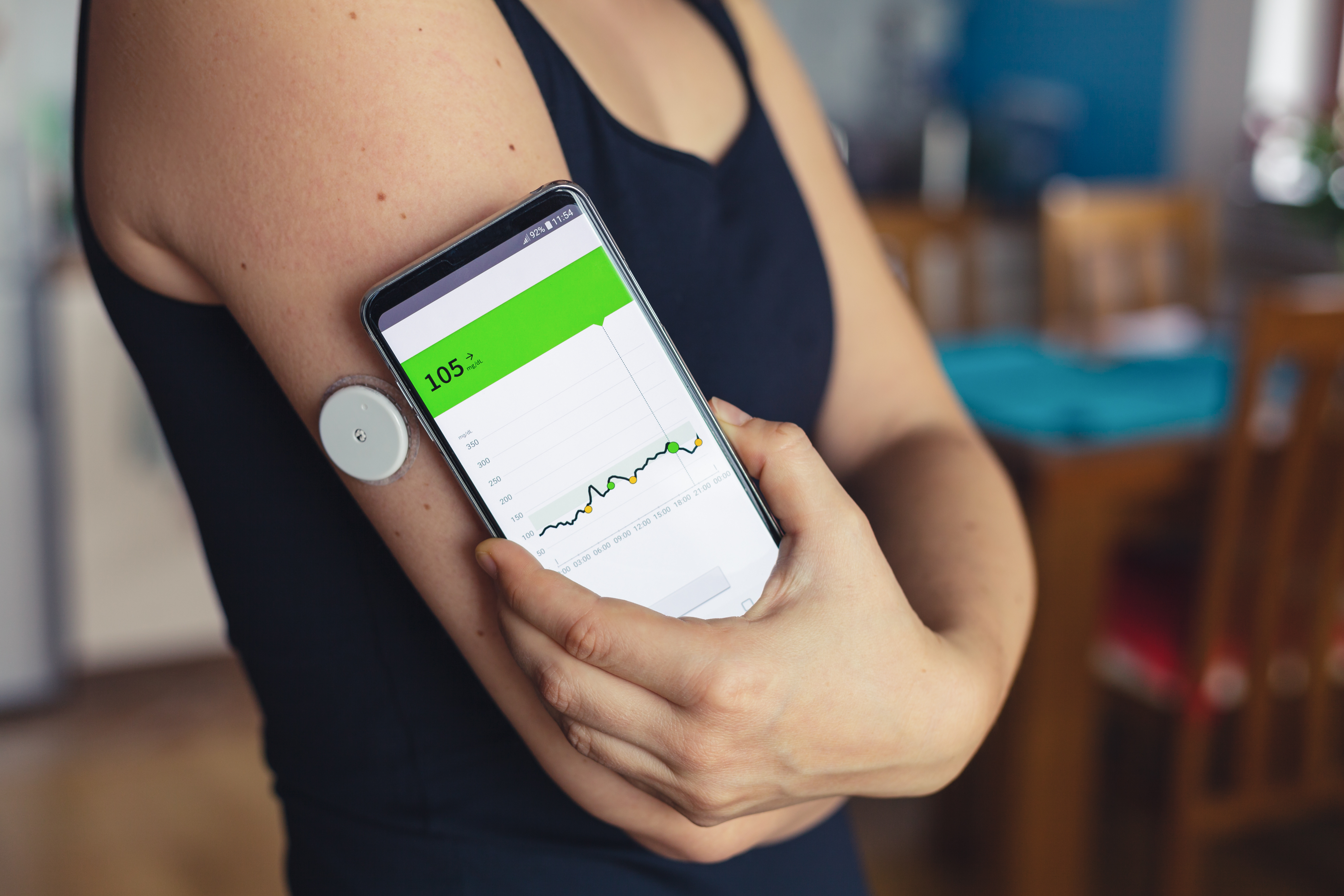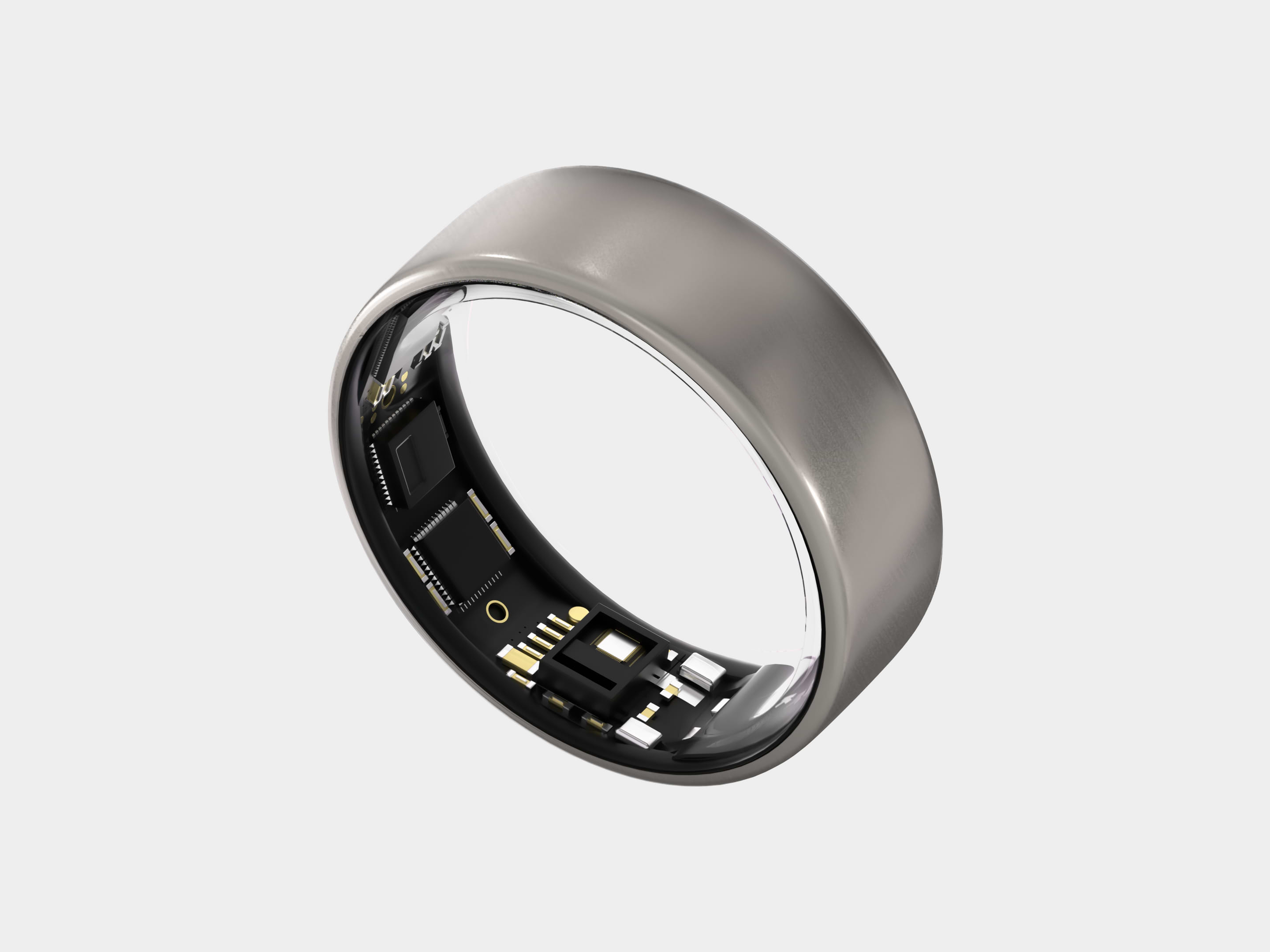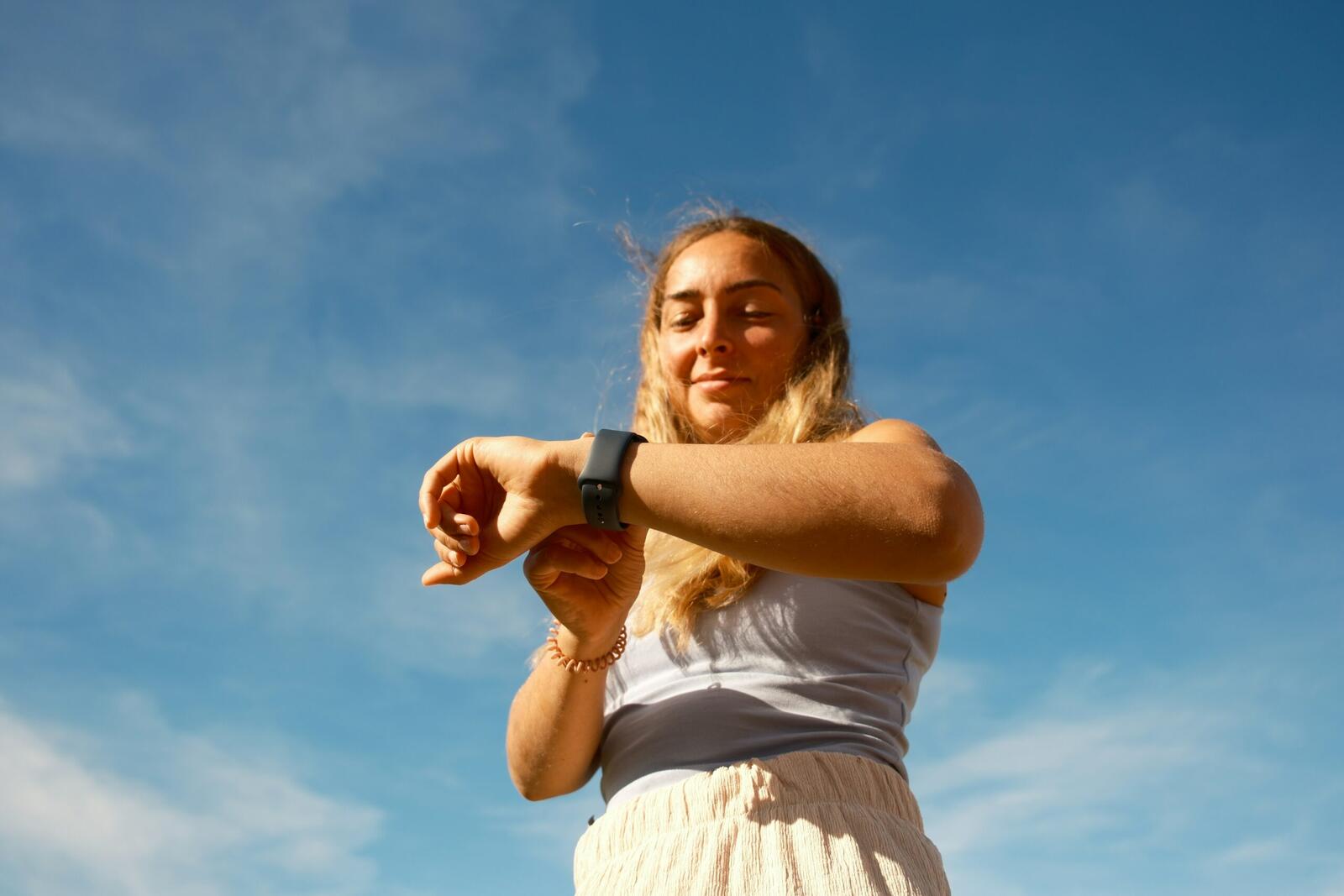If you’re interested in wearable technology, you probably saw our 2021 roundup of top wearable companies to watch.
At the time, big tech giants like Apple, Oura and Whoop were taking over – driving forwards how consumers wear, measure and track their health.
According to Statista, in the UK, between a third and half of UK adults own wearables. Smartwatches were the most common type, with 30% of respondents owning one, followed by fitness trackers.
Unsurprisingly, Apple is still the major player in the wearable market – however competitors like Fitbit, Garmen, Oura, Google and Whoop are also constantly trying to outcompete each other in order to dominate.
So who are some of the newest players? And how has the world of wearables changed since our 2021 article?
Let’s take a look.
How Have Wearables Changed In The Last 5 Years?
In the last 5 years, wearables have completely changed from simple health trackers to full on lifestyle tools.
They no longer exist just to measure heart rate and exercise, they are now able to provide in-depth data about health, lifestyle and wellbeing. Wearables are also increasingly being used by new sectors. For example, blood-glucose monitors are being used by healthtech companies to give users a more holistic picture of their health.
Likewise, wearables are now equipped with sleep and stress monitors, so users can see how a number of factors affect them.
Wearables have also been used more in telemedicine, helping doctors monitor their patients remotely.
As more people become increasingly health conscious, wearables are only going to integrate further into our lives.
So, who are some of the most exciting players to watch?
Emteq Labs

At the forefront of next-generation wearables, Emteq Labs is redefining what smart glasses can do with its ground breaking Sense glasses. Sense combines contactless optical sensors with proprietary AI and machine learning to decode facial muscle movements in real time – unlocking a new class of health-focused wearable technology.
What sets Emteq apart is its inward-looking approach: Sense captures nearly invisible facial data to provide deep insights into eating habits, physical activity, emotional well-being, and so much more. These advanced capabilities have far-reaching implications for weight management, mental health, and broader healthcare innovation.
Emteq’s Sense glasses signal a major shift in wearables, from passive tracking to truly intelligent, personalised health guidance.
MO/GO by Skip x Arc’teryx

Constantly sold-out, MO/GO’s power pants are designed to help people move more easily in outdoor terrains, without straining their knees.
The wearables are motorised hinges that are warn within trousers, providing support during high-impact climbs. With MO/GO, difficult hikes are no longer out of reach, with the technology working in real-time to give users the mobility boost they need.
Whilst the company is still relatively new, it will be interesting to see how its range of products evolve.
More from Tech
- Expert Predictions For DeepTech In 2026, Part 1
- The Evolution Of Payroll Technology
- What Role Does Customer Service Play In CRM?
- SportsTech Predictions for 2026
- Millennials Believe They Have The Healthiest Relationship With Technology, But Research Shows They Actually Suffer The Most
- Expert Predictions For HealthTech in 2026
- Are Antivirus Software Pop-Ups Legitimate Or Signs of Malware?
- Is Vibe Coding Making Tech More Accessible?
Circular

Oura may have been the biggest player in wearable rings, but now, Circular is trying to take its crown!
Marketed as the first medical-grade ECG smart ring, the device tracks over 140 biomarkers that are processed by their AI and turned into personalised recommendations.
With a sleek design, powerful tracking and the ability to get hyper-personalised recommendations, Circular is one of the newest and most exciting wearable companies around.
Zoe

Zoe has taken the world of personal nutrition by storm with their wearable blood-sugar monitor. Whilst the monitor is only worn in the early stages of the user experience, it is able to track how certain foods affect the body and is becoming increasingly integrated with mainstream wearable devices like Apple and Fitbit.
Through the wearable data, Zoe is then able to help users build food habits designed with their unique microbiome in mind.
Ultrahuman

Ultrahuman blends biomarkers with metabolic tracking to allow people to track their sleep, temperature, movement, HRV, glucose and more.
With the technology placed in a ring, Ultrahuman provides people with personalised recommendations and analytics that allow them to better understand their health.
Used by athletes, Ultrahuman stands out for offering both metabolic data and health tracking in one place.
MindMics

We are all used to having headphones in our ears, so the real question is – can these be used to track our health?
MindMics is an in-ear infrasonic wearable that captures heartbeat and heart rate variability (HRV) in real time, allowing users to get highly accurate analyses of their heart’s performance.
These metrics can help people understand how their body responds to stress, recovery, entertainment, and more, using sensor data from various wearable devices.



